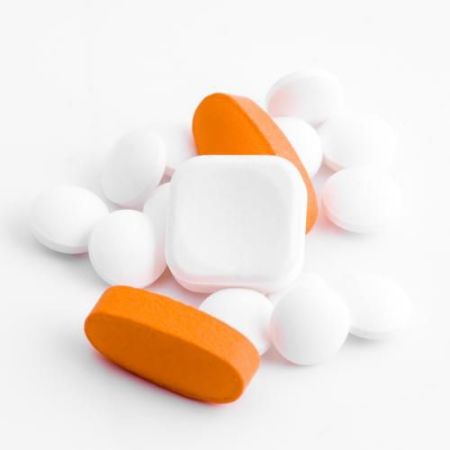Sanofi-aventis announced today the first Phase III results of the GetGoal clinical trial program assessing the efficacy and safety of lixisenatide, a once-daily GLP-1 receptor agonist, as monotherapy in patients with type 2 diabetes. These results were presented at the European Association for the Study of Diabetes (EASD) 46th Annual Meeting in Stockholm, Sweden.
“These results demonstrated lixisenatide as a once daily GLP-1 agent with substantial A1C reduction and a pronounced effect on post-meal glucose control,” said Dr. John E. Gerich of the University of Rochester School of Medicine and an investigator of the presented study. “The pronounced effect on postprandial glucose control provides a rationale to investigate the combined effect of lixisenatide and long-acting insulins in patients with type 2 diabetes.”
The safety and efficacy of lixisenatide as monotherapy in patients with type 2 diabetes was assessed in a 12-week, randomized, double-blind, multicenter Phase III study. The study found that lixisenatide monotherapy administered once daily significantly improved glycemic control with a pronounced postprandial effect. The study also demonstrated that the therapy had an acceptable safety profile in patients with type 2 diabetes.
A total of 361 patients with type 2 diabetes (baseline A1C levels: 7 to 10 percent, mean age 53.7 years, mean diabetes duration 2.5 years) not currently receiving glucose-lowering therapy were randomized to: lixisenatide two-step titration (10 µg for 1 week, 15 µg for 1 week then 20 µg; n=120); lixisenatide one-step titration (10 µg for 2 weeks then 20 µg; n=119) or placebo (n=122).
Lixisenatide significantly reduced A1C levels in both titration groups versus placebo (p<0.0001). There was a significantly higher number of patients achieving A1C levels ≤6.5 percent with lixisenatide (31.9% two-step, 25.4% one-step) and <7.0 percent (52.2% two-step, 46.5% one-step) versus placebo (p<0.01).
Lixisenatide significantly reduced the mean change from baseline two-hours postprandial glucose by respectively -4.51 and -5.47 mmol/L (p<0.0001) in the one-step and two-step titration groups with mean decreases in body weight observed in all groups. In addition, lixisenatide once-daily reduced glucose excursion respectively by -3.77 and -4.36 mmol/L in the one-step and two-step titration groups with mean decreases in body weight observed in all groups.
Lixisenatide was well tolerated. Only one serious treatment-emergent adverse event (TEAE) occurred in the lixisenatide group (0.4%) versus five in the placebo group (4.1%). Nausea was the most frequent TEAE with lixisenatide (24.2% for lixisenatide 2-step, 20.2% for lixisenatide 1-step, 4.1% for placebo). The rate of symptomatic hypoglycemia was 1.7 percent and 1.6 percent in the lixisenatide and placebo groups, respectively.























